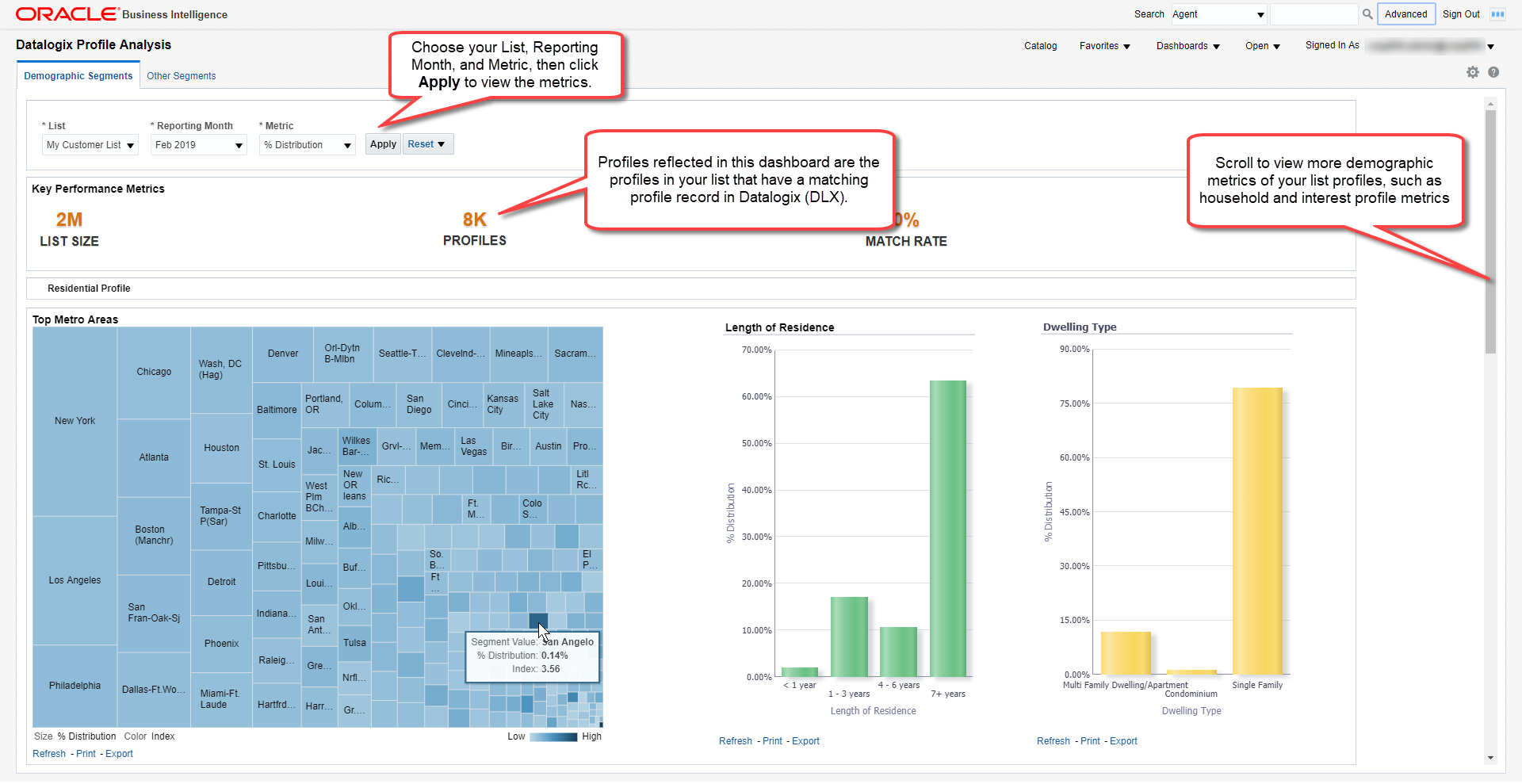
Oracle Customer Experience Marketing: Complete Buyer's Guide
Comprehensive AI-driven customer journey orchestration for large enterprises
Oracle Customer Experience Marketing delivers comprehensive AI-driven customer journey orchestration designed for large enterprises requiring unified cross-functional data integration beyond traditional marketing applications.
Market Position & Maturity
Market Standing
Oracle occupies a premium enterprise position in the customer experience marketing space, competing directly with Adobe and Salesforce in the large enterprise segment. Forrester's recognition as a Leader in B2B CDPs in Q4 2023, with the highest score in 'current offering' [230], validates Oracle's market standing among enterprise-focused platforms.
Company Maturity
Oracle's established enterprise infrastructure and decades of database management expertise provide strong foundation credibility for large-scale customer data operations.
Industry Recognition
Forrester recognized Oracle as a Leader in B2B CDPs in Q4 2023, scoring highest in 'current offering' [230].
Strategic Partnerships
Oracle's generative AI partnerships with Cohere for RAG-optimized models demonstrate continued technology investment and innovation commitment [234].
Longevity Assessment
The company's long-term viability benefits from Oracle's established enterprise customer base and comprehensive technology ecosystem.
Proof of Capabilities
Customer Evidence
DMCC's implementation provides the most detailed customer evidence, with Director of IT Abdalla Al Ali documenting '40% HR workload reduction and 60% expense processing acceleration' using Oracle's AI agents [232].
Quantified Outcomes
Vendor performance claims include 25% sales lift from AI-driven personalization and 30-40% productivity gains for service teams [215][220][227][233].
Case Study Analysis
DMCC completed implementation in three months for specific modules [232].
Market Validation
Enterprise-level implementations primarily serve large organizations in financial services, retail, and manufacturing [227][232].
AI Technology
Oracle's AI technology foundation centers on three core generative AI capabilities integrated across marketing, sales, and service functions.
Architecture
The platform's architecture supports industry-specific models with pre-built templates for financial services, retail, and manufacturing, providing tailored solutions that resonate with sector-specific requirements [227][230].
Primary Competitors
Adobe and Salesforce
Competitive Advantages
Comprehensive cross-functional data integration capabilities that exceed typical marketing-focused platforms by incorporating sales, service, finance, and supply chain data [227][230].
Market Positioning
Oracle occupies the enterprise scalability segment with premium pricing for comprehensive functionality.
Win/Loss Scenarios
Win scenarios favor Oracle when organizations require comprehensive cross-functional data integration beyond marketing applications and have substantial implementation budgets exceeding $400,000 annually.
Key Features

Pros & Cons
Use Cases
Pricing
Featured In Articles
Comprehensive analysis of AI Customer Journey Mapping for AI Marketing & Advertising for AI Marketing & Advertising professionals. Expert evaluation of features, pricing, and implementation.
How We Researched This Guide
About This Guide: This comprehensive analysis is based on extensive competitive intelligence and real-world implementation data from leading AI vendors. StayModern updates this guide quarterly to reflect market developments and vendor performance changes.
234+ verified sources per analysis including official documentation, customer reviews, analyst reports, and industry publications.
- • Vendor documentation & whitepapers
- • Customer testimonials & case studies
- • Third-party analyst assessments
- • Industry benchmarking reports
Standardized assessment framework across 8 key dimensions for objective comparison.
- • Technology capabilities & architecture
- • Market position & customer evidence
- • Implementation experience & support
- • Pricing value & competitive position
Research is refreshed every 90 days to capture market changes and new vendor capabilities.
- • New product releases & features
- • Market positioning changes
- • Customer feedback integration
- • Competitive landscape shifts
Every claim is source-linked with direct citations to original materials for verification.
- • Clickable citation links
- • Original source attribution
- • Date stamps for currency
- • Quality score validation
Analysis follows systematic research protocols with consistent evaluation frameworks.
- • Standardized assessment criteria
- • Multi-source verification process
- • Consistent evaluation methodology
- • Quality assurance protocols
Buyer-focused analysis with transparent methodology and factual accuracy commitment.
- • Objective comparative analysis
- • Transparent research methodology
- • Factual accuracy commitment
- • Continuous quality improvement
Quality Commitment: If you find any inaccuracies in our analysis on this page, please contact us at research@staymodern.ai. We're committed to maintaining the highest standards of research integrity and will investigate and correct any issues promptly.